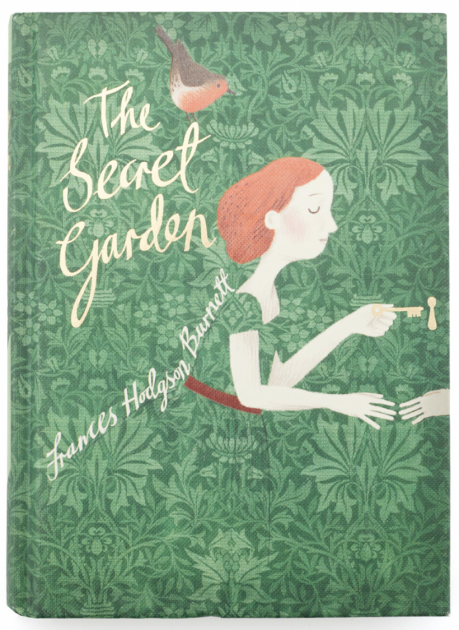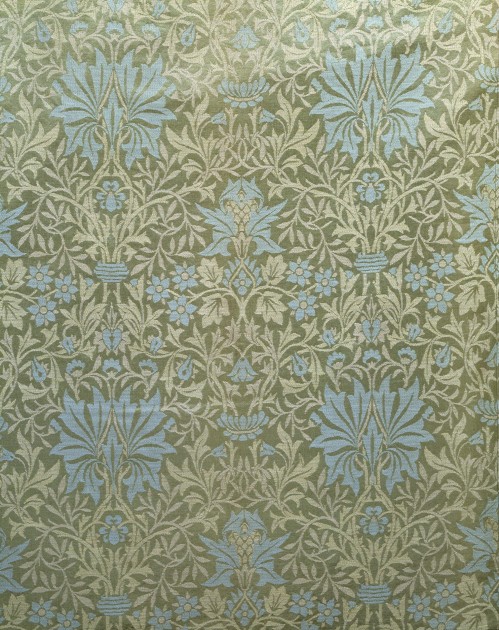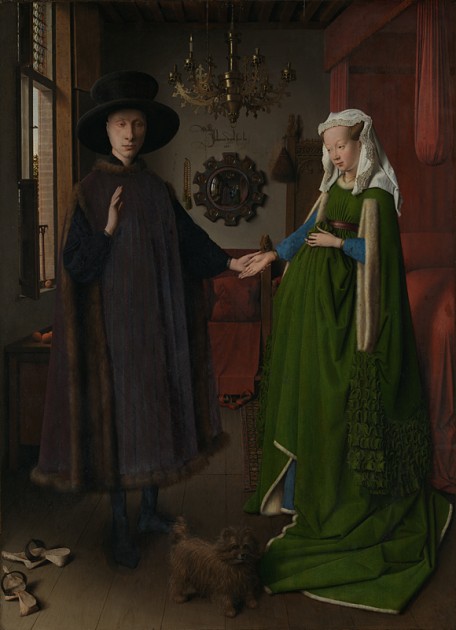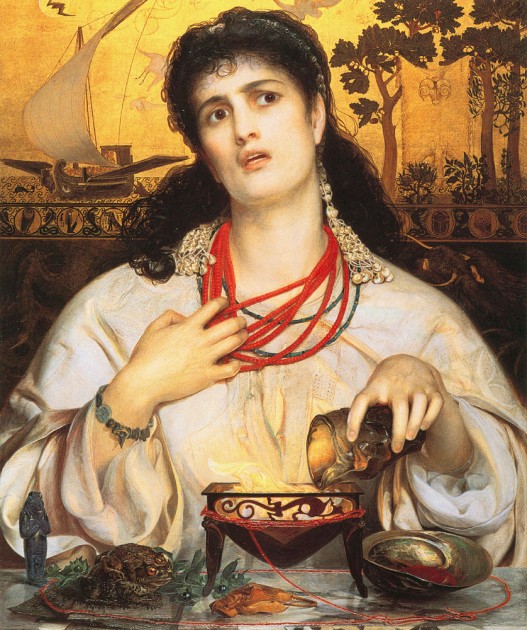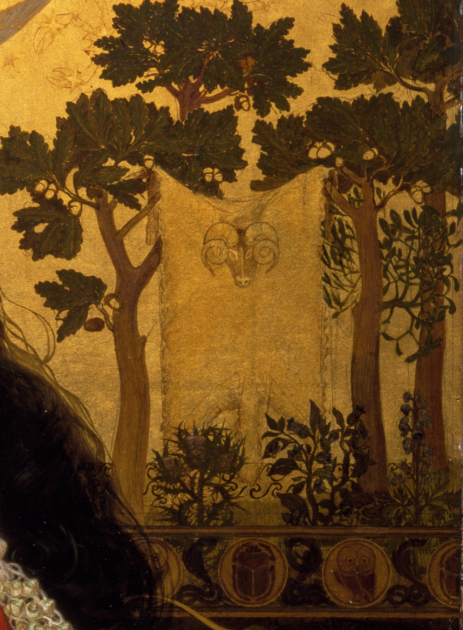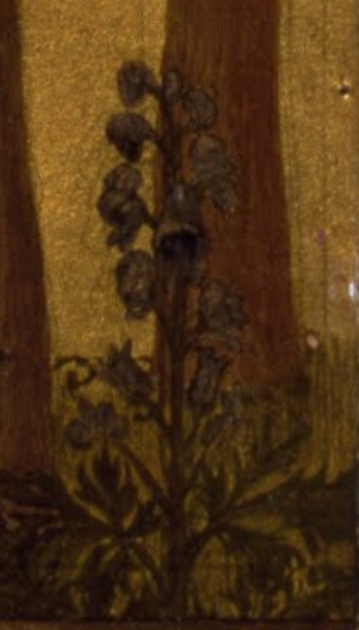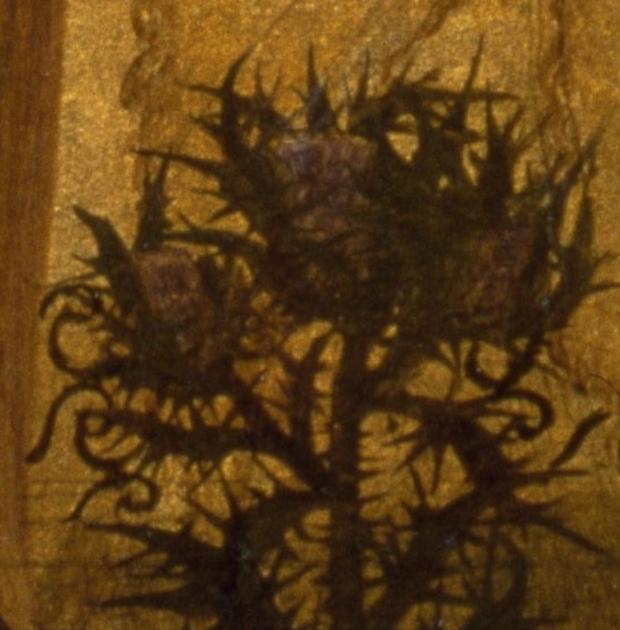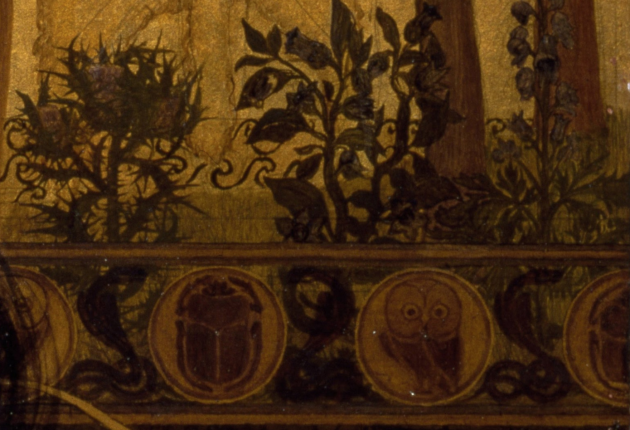Thursday, December 30th, 2021
Artists and Candle Hats
This school year I’ve been volunteering at my child’s elementary school, making videos for the Meet the Masters curriculum and helping out with art projects in a few classrooms. So far we have done the Van Gogh unit as a school, and I’ve also created some videos for the Hokusai project coming up in January. It’s been fun to do, although I have been finding some errors and misleading information in both the Van Gogh and Hokusai units. Someone needs to hire an art historian to fact-check the Meet the Masters curriculum!
The Van Gogh unit inaccurately states that Van Gogh wore a hat with candles, in order to paint at night. This is a myth that dates back to 1922, when it first appeared in by a book by the art critic Gustave Coquiot. In fact, Van Gogh actually explained in one letter that he completed a painting at night by using a gas lamp.
However, I know of one 19th-century artist who did paint at night with candles in a hat: Francisco Goya. The candle holders in the hat can even be seen in this image (and perhaps even better in this cleaned detail image of the painting):

Francisco Goya, “Self-Portrait in the Workshop,” 1790-95. Oil on canvas, 42 x 28 cm. Museo de la Real Academia de San Fernando, Madrid. Image via Web Gallery of Art
Goya’s son, as well as his biographer Laurent Matheron both explain that Goya would use this hat. Goya’s son Javier wrote, “He painted only in one session, sometimes of ten hours, but never in the late afternoon. The last touches for the better effect of a picture he gave at night, by artificial light.”1 Matheron also commented on this practice in 1858: ‘He was so jealous of the effect that – like our Girodet who painted at night, his head crowned with candles – he gave the last touches to his canvases by candlelight.”2
Goya’s candle hat has inspired contemporary artist Von Sumner, as well as this poem “Candle Hat” by Billy Collins, which is inspired by the self-portrait by Goya shown above:
In most self-portraits it is the face that dominates:
Cezanne is a pair of eyes swimming in brushstrokes,
Van Gogh stares out of a halo of swirling darkness,
Rembrant looks relieved as if he were taking a breather
from painting The Blinding of Sampson.
But in this one Goya stands well back from the mirror
and is seen posed in the clutter of his studio
addressing a canvas tilted back on a tall easel.
He appears to be smiling out at us as if he knew
we would be amused by the extraordinary hat on his head
which is fitted around the brim with candle holders,
a device that allowed him to work into the night.
You can only wonder what it would be like
to be wearing such a chandelier on your head
as if you were a walking dining room or concert hall.
But once you see this hat there is no need to read
any biography of Goya or to memorize his dates.
To understand Goya you only have to imagine him
lighting the candles one by one, then placing
the hat on his head, ready for a night of work.
Imagine him surprising his wife with his new invention,
the laughing like a birthday cake when she saw the glow.
Imagine him flickering through the rooms of his house
with all the shadows flying across the walls.
Imagine a lost traveler knocking on his door
one dark night in the hill country of Spain.
“Come in, ” he would say, “I was just painting myself,”
as he stood in the doorway holding up the wand of a brush,
illuminated in the blaze of his famous candle hat.
I keep thinking of this glowing hat at this time of year, due to Santa Lucia traditions that lead up to Christmastime and the long nights that we are experiencing. We all need more light right now! Do you know of any other artists who painted with anything like a candle hat?
1 Javier Goya wrote, “Los últimos toques para el mejor efecto de un cuadro los daba de noche, con luz artificial,” (see Pedro Beroqui, “Una biografia de Goya escrita por su hijo,” Achivo Español de Arte III (1927), p. 100).
2 Laurent Matheron wrote, ‘”tait tellement jaloux de l’effet, que, – semblable a’ notre Girodet, qui, la nuit, peignait la tête couronnée de chandelles, – il donnait au flambeau les dernières touches à ses toil.” Quoted by Enriqueta Harris, “Goya in Madrid” in The Burlington Magazine 125, no. 965 (August 1983): 512.
